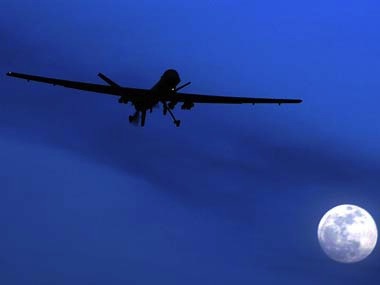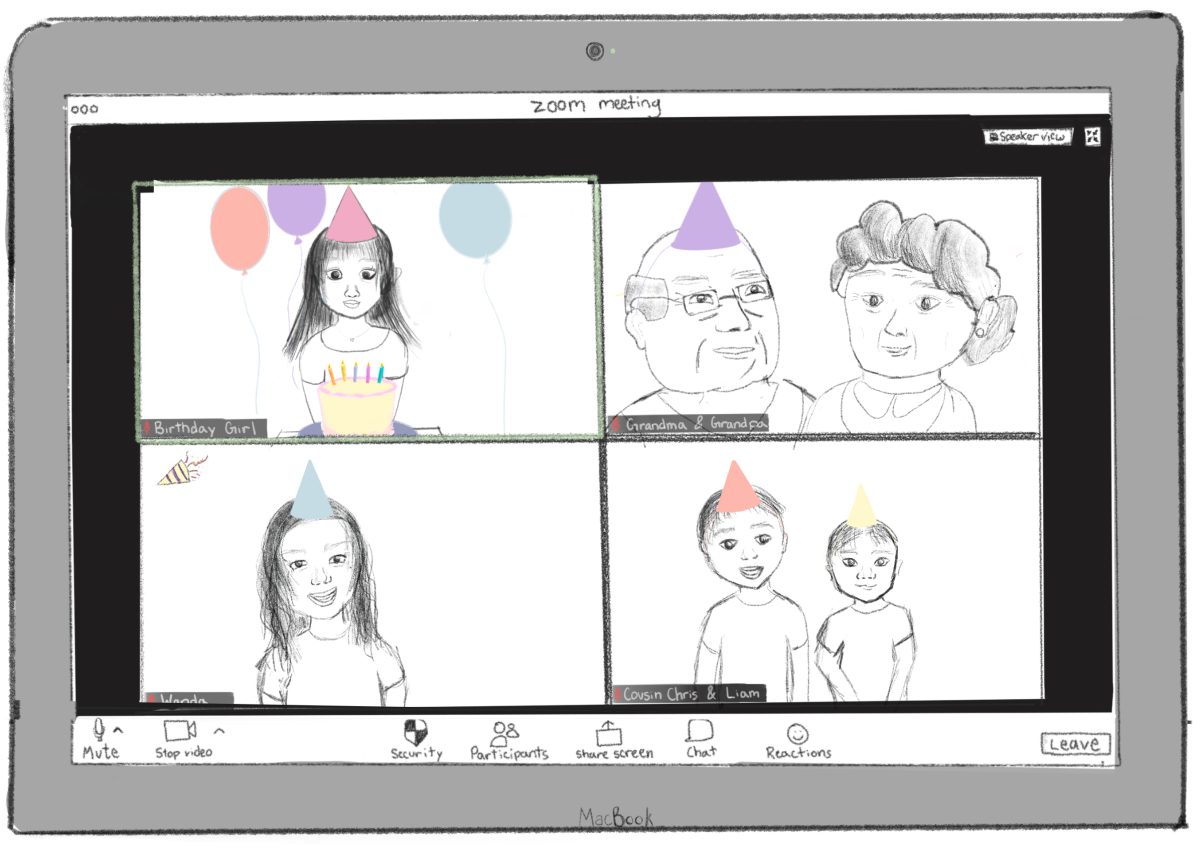
As US troops left Iraq and began pulling out of Afghanistan during President Obama’s first term, the Central Intelligence Agency and the US Military quickly amped up their use to drones to perpetuate the extensive “war on terror.” Drones are unmanned aerial vehicles that can launch missile attacks against targets identified by surveillance. These attacks are meant to disrupt terrorist networks by eliminating leaders. However, recent studies and news articles have called both the effectiveness and morality of US drone policy into question.
US officials claim that drone strikes are extremely precise and kill very few civilians. Previous uncertainty about these claims came from the secrecy that surrounds US drone policy: very little information about these strikes is released to the public. However, recent studies released by the Columbia University Human Rights Clinic, Stanford Law School and NYU School of Law demonstrated that government reports have substantially underrepresented actual civilian casualties. They estimate that at least 200 civilians have died in drone strikes, a much larger number than presented by either the US government or conventional media sources.
Additionally, US drone policy routinely includes so-called “double-tap” strikes, in which a strike is carried out and then followed by a second strike targeting anyone who responded to the first attack, even if they are civilians attempting to rescue other people hurt in the attack. These findings first broke in an article by The Bureau of Investigative Journalism, which was responding to a single incident in December 2011, when drones targeted rescuers and mourners attending the funeral of an important militant killed in a previous attack. At least 50 civilians were killed in these attacks.
It seems that these tactics have continued, with five secondary strikes reported in mid-2012, once again targeting rescuers. Although the number of civilian deaths cannot be verified, Reprieve, a US legal charity, estimates that at least 8 civilians died in one of the attacks. Cristof Heyns, a UN Special Rapporteur on Extra-judicial Executions, classified alleged secondary strikes as “war crimes” and called for a UN investigation into the Bureau’s findings.
These recent findings undermine officials’ assertions that drone strikes are precise tools to decrease terrorism. The US government needs to release more comprehensive information about civilian casualties and their policies to allow the public to understand the full consequences of our military policy.






